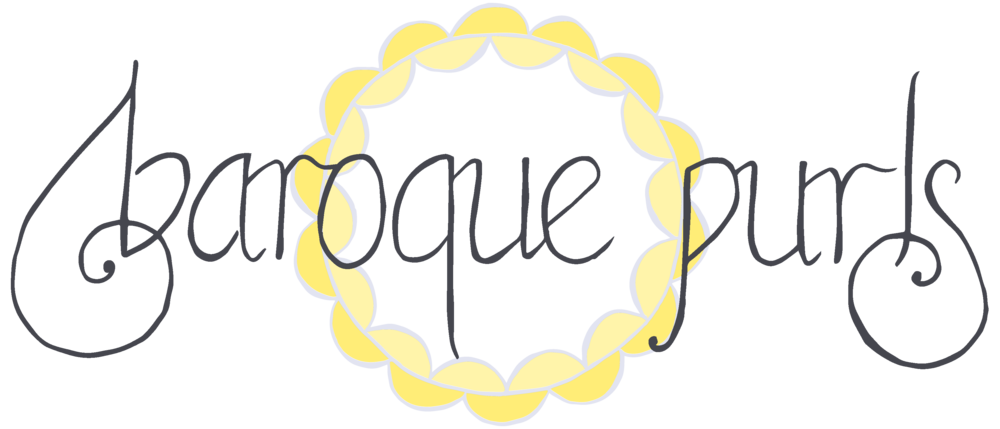It's been hot lately. A 'record heatwave' in fact. We're nearing the end (at last) of a run of ten days of over 32°C highs, and I'm pretty fed up. But icewater foot-baths and cold drinks have been helping, and I've been trying to distract myself with crafts while it's been too hot to go out.
I came across this excellent idea for making a scarf with 'random' stripes:
My Year in Temperatures by Kristen Cooper. It's a garter stitch scarf, with the different coloured stripes representing different temperatures over the course of a year. Naturally, I felt the need to jazz up the garter stitch a bit...
 |
| Mid-January (cast-on edge at the bottom) to March 9th (top). |
I find it helpful to have a system of some sort for making random-looking stripes. A nature-related system like this one is especially good for giving a nice ebb and flow of colours.
I'm knitting this scarf for Willie, to record his year from one birthday to the next, in the maximum daily temperatures for wherever he happens to be. So far I’ve knit from mid-January to last Saturday, using temperature data for Melbourne from the Australian Bureau of Meteorology site. I'm knitting two rows (one garter ridge) to represent each day.
I chose a 4ply blend of cotton, angora, merino, and cashmere called 'shiny cotton', which I ordered as a skein set from ColourMart. The colours map to temperatures in 5° increments:
 |
| I haven't had occasion to use colours E or F yet... |
I cast on 77 stitches using the long-tail method, on 4mm needles. This covers six repeats of 12 stitches, plus 17 stitches in total for the edges. This is the stitch pattern I settled on, which looks cool on both sides:
Garter zigzag stitch
RS rows: k2, k2tog, * k4, m1R, k1, m1L, k4, s2k1psso, * k4, m1R, k1, m1L, k4, ssk, k2.
WS rows: knit all.
Eyelet rows (for the 1st of each month)
RS: k2, k2tog, * (yo, k2tog)x2, yo, k, yo, (ssk, yo)x2, s2k1psso, * (yo, k2tog)x2, yo, k1, yo, (ssk, yo)x2, ssk, k2.
WS: knit all.
If you prefer to work from a chart (I do!):
 |
| (click to enlarge) |
 |
| You can see the eyelet row here, marking March 1st. |
I really need to learn a method for weaving in or hiding the ends as I knit, like this one: No loose ends. Otherwise I'll have a big job ahead of me!
I expect my brain will come back online once things cool down a bit, then I can try learning a new trick. ;)





















